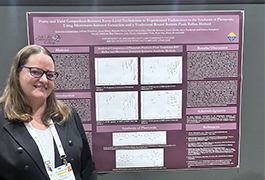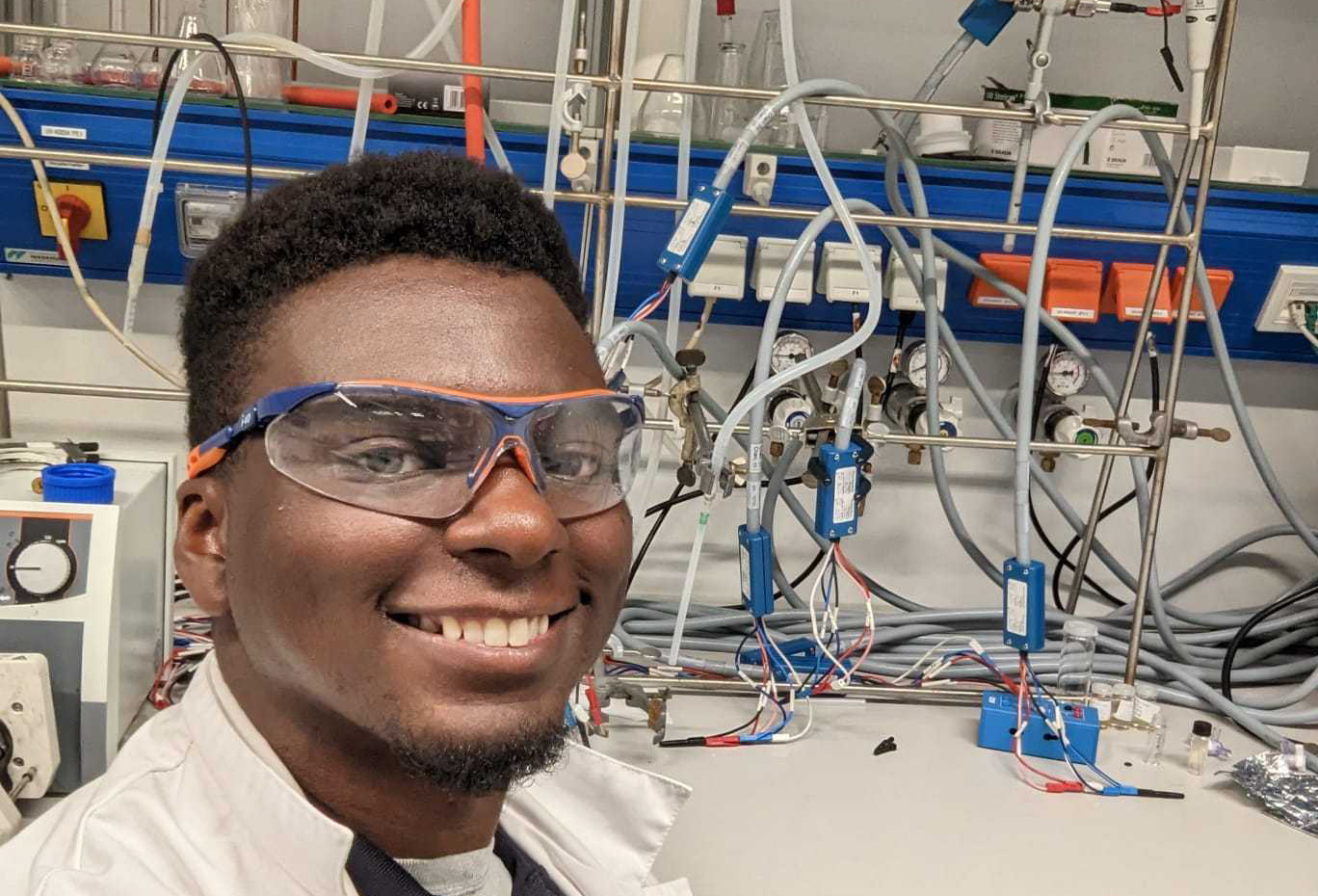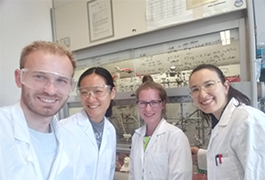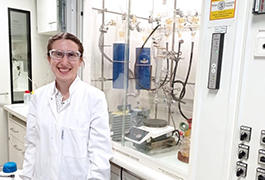Making Peace with P-chem
Aah, P-chem. If you’re a chemistry major, the perpetually dreaded physical chemistry course is probably a requirement in your junior or senior year. You’ve heard all the rumors: it’s confusing; it’s all advanced calculus and you’ll never understand it. We’re here to tell you: don’t believe all the (negative) hype! OK, yes, P-chem is challenging for many people, although the same is true for many chemistry courses. But if you can make friends with this fascinating area of chemistry, you will come away with a rich, fundamental understanding of the chemical phenomena you’ve already learned about.
What's P-chem all about?
In physical chemistry, you use physics and math to understand and describe atoms and molecules, getting to the theoretical basis for thermodynamics, kinetics, electron configurations, and even the phases of matter. You’ll see how the quantum numbers used to describe electrons are not arbitrarily assigned, but rather determined by solving equations that describe atomic behavior. The energy diagrams that show reaction mechanisms suddenly become clear when you have an understanding of how to derive those energy values.
Physical chemistry is the place where you finally get to dive into some of the topics that other courses brushed over. What you learned about heats of combustion in organic chemistry will help you gut-check answers in P-chem. The molecular worldview of kinetics that you picked up in general chemistry is a great foundation for kinetic problems in P-chem. And spectroscopy is just a practical application of what you will learn about energy levels in quantum mechanics.
Give it a chance, and everything may make more sense through a set of P-chem-colored goggles.
View larger
Practice, practice, practice
The first lesson you’ll learn in the thermodynamics section is to define the system and the surroundings. This general philosophy is actually useful for everything you’ll encounter in the course: What are you trying to figure out? What is being asked? What information do you have, and what are you looking for?
You will need to imagine what is going on with the system and picture what the molecules are doing. The best way to get good at picturing the system accurately is to practice, practice, practice. Oh, and also to practice. Everything in a P-chem course is about how you go about solving the problem. It isn’t about drilling the same type of problem over and over again, because there is always a new way to ask the same question. You will learn how to decode problems and decide what approach to take.
Practice Tips
The more problems you do, the stronger you will get in this course.
- Ask your professor for more practice problems
- Check out your textbook’s companion website
- Consult with your professor about the approach that they take before searching the Web for resources (e.g. YouTube)
The good news is that decoding is actually easier than memorizing. You can start developing your decoding skills by taking the following approach to each new topic:
- Identify the basic definitions for the topic
- Work to understand the equations by translating them into words
- Define or write down your symbols (and what units they should have) so that they feel real to you
This approach will help you treat the math like what it is—a tool to describe molecules and molecular behavior—and it will help you really think about what each variable and each equation are telling you. This is your first step in decoding P-chem problems.
Then, when you are given a problem, continue the decoding process:
- Write down each piece of information you are given, using both words and symbols
- Identify where you need to end up
- Select the equations you need, the information to plug into them, and the order of your calculations to get to where you need to go
If you get into the habit of approaching problems in this way, it will help you tackle even the most difficult ones.
Make note of trigger words — words that point to specific areas of chemistry or types of problems. For example, words such as “isothermal” (vs “adiabatic”) and “irreversible” work (vs “reversible” or “maximum”) will point you in the direction of the equations that would be useful. There are subtle, but important, differences between “ideal” gases and “perfect” gases in heat capacities and intermolecular interactions.
State functions are also triggers for the right equations. For example, when trying to find changes in internal energy (ΔU) for an adiabatic expansion or compression of a perfect gas, first allow for the volume change under constant temperature, and then allow for the temperature change under constant volume. These changes of state can then be added together to describe a process that actually happens in one step (see A Tale of Two Approaches below).
Don't fear the math
Yes, statistics and calculus are involved in learning physical chemistry, but they are only tools. P-chem is so much more than just math. The concepts you will be studying are the same concepts you’ve been studying all along to learn about molecules and molecular behavior; however, now you are finally going to be fully equipped with the rationale to really understand and describe what is going on.
Before P-chem, you may have memorized and used a number of equations to solve problems. In this course, you’ll learn how to use math to derive answers, and how the variables affect one another, and all of this work will help you see the bigger picture. For example, a lot about thermodynamics can be described with a few equations that you can rearrange as needed. Once you’ve mastered P-chem, you won’t have to memorize these equations; you will be able to rearrange a few basic ones. Think about reaction rate laws: all they are is a description of the change in concentration of reactants. In calculus, this is known as a derivative (hence, differential rate laws). Inversely, an integrated rate law directly links concentrations with time via integration.
Also, remember that not all the math is going to be advanced math. Knowing how to manipulate equations, solve simple two-variable systems, or even just isolate one variable is as important as remembering how to integrate by parts. So don’t assume you need to take partial derivatives when you simply need to divide both sides of an equation by the same quantity to solve the problem.
In fact, you should use the math to your advantage. When you get an answer, do a gut check and think about what kind of answer would make sense. If you are getting a bond length of 200 cm or finding that you need 6.5 × 109 J to heat up 10 g of water by 10° C, you should know by now that your order of magnitude is off. Time to rethink what you did.
Use your units to check your work, too. If you expect the answer to be a unit for energy and your answer is in L•atm, something has gone wrong. Always, always, always check your units before, during, and after putting them into an equation. When in doubt, put the units into SI and see if you suddenly have an idea of what to do with a problem (or what to do if an answer is right or wrong). You may have come across these tips in earlier chemistry courses; P-chem is no different!
Mathematical and theoretical approaches to solving physical chemistry problems
You can do this
Studying P-chem is your chance to think back to what you’ve learned about molecules and piece together how the concepts you are studying can enhance and deepen your understanding. So, before you start to panic, remember that physical chemistry is, first and foremost, a chemistry course. You have made it this far by learning about the qualitative aspects of atoms and molecules. Now it’s time to dig into the quantitative underpinnings of their behavior.







